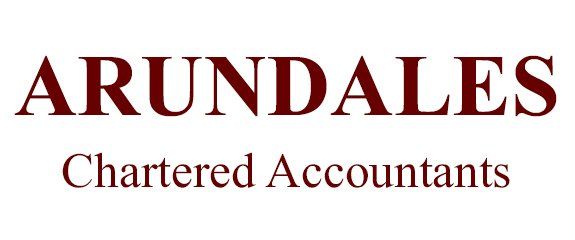WHY HMRC IS INTERESTED IN DIRECTORS' LOAN ACCOUNTS
Many director-shareholders will have a loan account with their company.
This may be an outright short-term loan, or it may comprise the more informal, everyday transactions, whereby a director withdraws cash for personal use, or has personal expenses paid for by the company. Where, at the end of the accounting period, a director has borrowed more from the company than they have lent to it, the account is said to be overdrawn. Overdrawn balances are usually cleared by voting a dividend; paying a bonus; or ‘releasing’ or writing off the loan.
HMRC campaign
HMRC has been writing to directors who had a director’s loan between April 2019 and April 2023, which has been written off or released, and which might mean that taxable income has been missed off their Income Tax self assessment tax return.
It is advising that where there is income to declare for 2023/24, this is within the permitted time limit for making an amendment to the tax return. Where there is income to declare for 2022/23 or earlier years, it says that the digital disclosure service should be used. However, if you have any concerns in this area, we recommend discussion with us prior to any action.
Directors’ loans and tax
Although HMRC’s current letters concentrate on the personal tax position of individual directors, directors’ loans have implications for Corporation Tax and employment tax as well. It is therefore particularly important that such loans are correctly handled – whether or not you are on the receiving end of HMRC correspondence.
Corporation Tax: Where the company makes a loan to a director who is also a shareholder in the company, the loans to participators rules may come into play. These rules impact what are known as close companies, and many family companies fall into this category. Under these rules, if the loan is still outstanding nine months and one day after the end of the accounting period, a Corporation Tax charge (often called a s455 charge) can arise. There is no charge if the loan is to a director or employee; and is not more than £15,000; and the borrower works full time for the company but does not have a material interest in the company (broadly 5% or more).
Employment benefit: A benefit in kind can arise where a director’s loan falls to be treated as a ‘beneficial loan’. This is where the loan is interest-free, or the interest charged is less than the official rate (3.75% from 6 April 2025); and the total amount of the loan is more than £10,000 at any point in the tax year. The charge is calculated at the official rate of interest, less any interest actually paid. Under current reporting rules, though these are due to change, it is reported on the annual P11D. Employer Class 1A National Insurance is also due on the cash equivalent of the benefit.
Writing off the loan: Where a director’s loan is written off in a close company, the director-shareholder is usually assessed on the amount of the loan written off as deemed dividend income – rather than as employment income. To write off a loan, it’s always important to get the formalities right, with discussion and approval by shareholders at a general meeting, and a formal loan waiver documented by legal deed. This can help to push back a possible claim from HMRC that the loan write-off should be treated as earnings, and that National Insurance contributions are then also due. The position can be complex, and we can advise further here.



